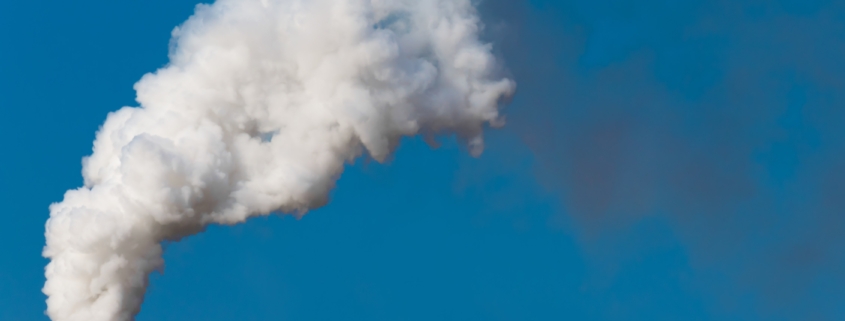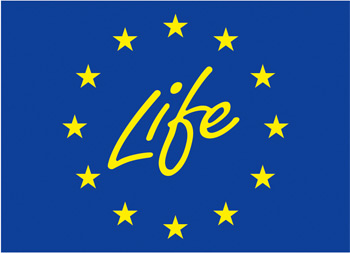The scientific journal Atmosphere in its special issueAir quality Assessments and Management has published an article by the title Impact of NOx and NH3 Emission Reduction on Particulate Matter across Po Valley: A LIFE-IP-PREPAIR Study.
The article is the result of ARPAE Emilia-Romagna, ARPA Piemonte, ARPA Lombardia and ARPA Veneto within LIFE PrepAIR modelling working group.
Different air quality modelling systems are used by the four regional agencies to assess the sensitivity of PM2.5 concentrations to the reduction of NOx and NH3 emissions with the aim of identifying both the most effective emission reduction strategies and analysing the non-linear effects on PM2.5 concentrations as the precursors vary.
The multi-model analysis shows that reductions in several emission sectors are necessary to achieve optimal results. In addition, the non-linearity analysis showed that during the cold season, PM2.5 abatement efficiency tends to increase with increasing emission reductions, whereas during the summer, it remains almost constant or decreases slightly with increasing reductions.
The full article is available here



